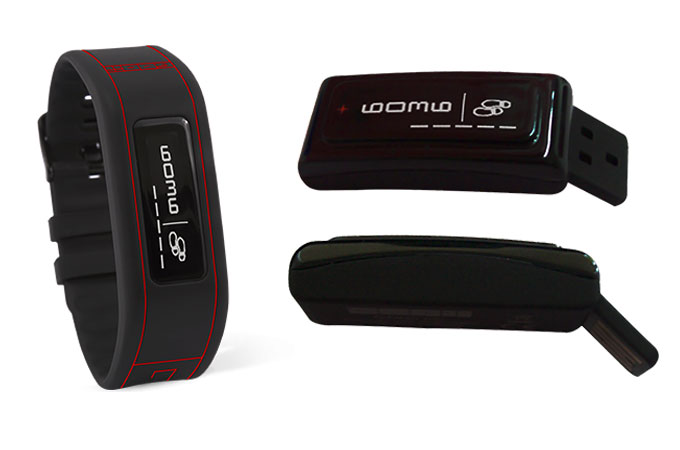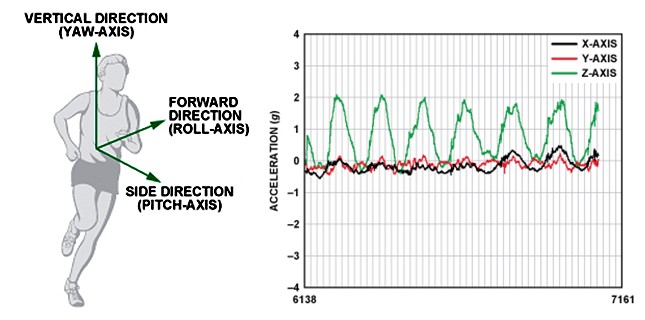
In the last one-year fitness trackers or wearable as they are called have grown in popularity. But, yet there is a lot of confusion around how accurate are these trackers when it comes to counting steps. One is not sure if they can trust the numbers that are captured by the tracker.
Today, almost every second person is wearing a fitness tracker to monitor his or her health and fitness levels on a day-to-day basis. I am constantly flooded with questions of how accurate is the band when it comes to monitoring the level of physical activity during a 30-minute workout session or while running or trekking in the outdoors?
These questions have prompted me to write this blog on how the steps are counted and how accurate is the band.
Let me begin with the first question
1) Why does my band count steps when I ride my bike or when I sit in an auto?
A fitness band is a sophisticated and modern version of an analogue pedometer. In a digital form using complex algorithms and an accelerometer (an instrument for measuring the acceleration of a moving or vibrating body). Fitness bands such as the GOQii, are designed to measure 3 axis movements of your body by being worn on your wrist.
The band counts steps on the principle of movements in a certain direction and velocity which are programmed using Japanese algorithms. Hence, movements in a certain pattern and pace are tracked as steps.
The band uses predictive equations using your body’s acceleration in different directions to estimate energy expenditure.
Let me explain how it works…

Velocity and Direction
If you are walking too slow or running too fast it will not pick it up. On an average, you need to walk -200 steps per minute.
According to University of Nebraska researchers who examined various fitness monitors (Jawbone, Fitbit, Nike Fuel Band, and Actigraph), accelerometer-based monitors can overestimate or underestimate energy expenditure by 10-15 percent, depending on the monitor.
2. Talking to our players and users of other fitness bands, they often tell me that while jogging, running or playing a sport, the tracker doesn’t show the exact distance.
How does the device measure distance? I am often told by players that they have gone for a jog and taken 10 rounds of a jogging track that measures 400 mts in length but, the GOQii band has clocked only 3.5 km instead of 4 km. How is that possible?
The device measures motion. Distance is an algorithmic calculation based on estimations of your average stride length x the number of steps taken. A person who is 5’6” tall has an average stride length of 0.7 meters. Hence, 100 steps taken will show as 70 meters. When you run, your stride length increases above average and when you jog, it falls below average.
GOQii’s main service offering being lifestyle change calculates distance based on your day and not on particular activities. So, during certain activities you may lose or gain steps, however, the average for the day is well indicated.

Stride Length Pics velocity 50 steps/ minute-160 steps/per minute
3. I have been walking a lot but, my band only shows minimalistic steps.
Running on a treadmill, cycling, swimming and playing certain sports may not accurately display your steps taken. Such as, while cycling, your hands stationery and placed on the handlebars, the tracker being designed to detect motion will pick up steps from your stationery hands. Similarly, you may experience the same while pushing a stroller or a bag. In many cases, you can put the core unit in your pocket (instead of your wrist) to record motion, especially, when your hands are still.

Hand swing motion
Images Courtesy of The Progress Group, Analog Dialogue.
Here’s a short video of GOQii being put on an apparatus in a testing lab to test accuracy




Thanks for this blog. It really gives a good information.
How accurate the goqii heart rate sensor is?
The GoQii provides an aggregation of steps taken without making any differentiation or logging a run separately from say a walk. Is there a method to measure a run , time it and give us indications when we cross milestones?